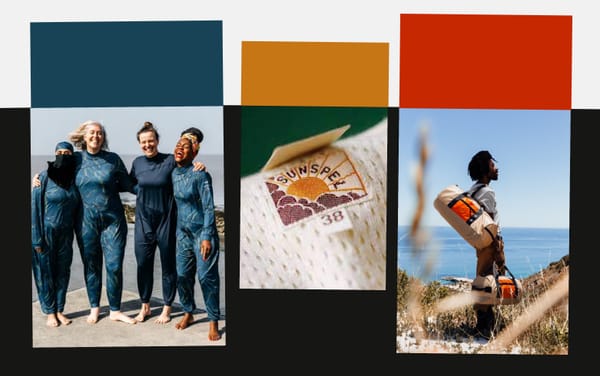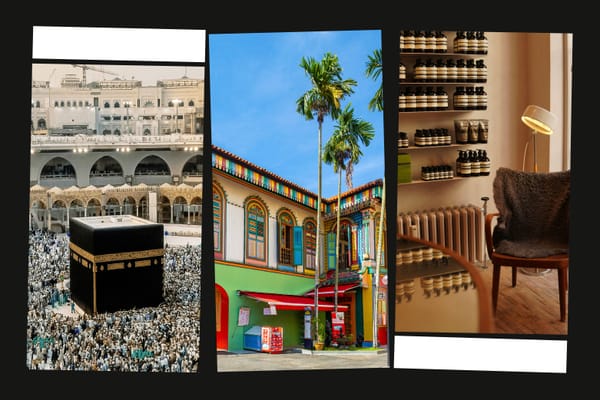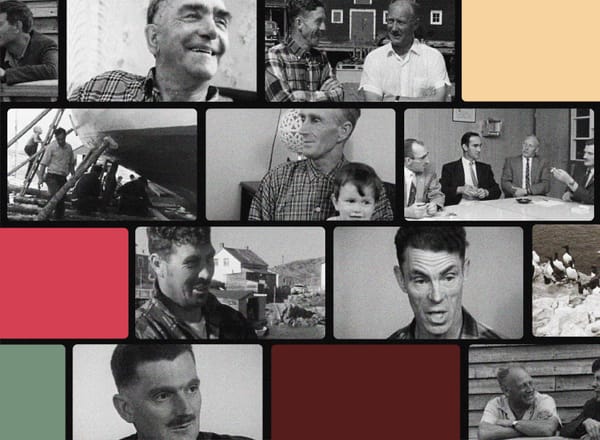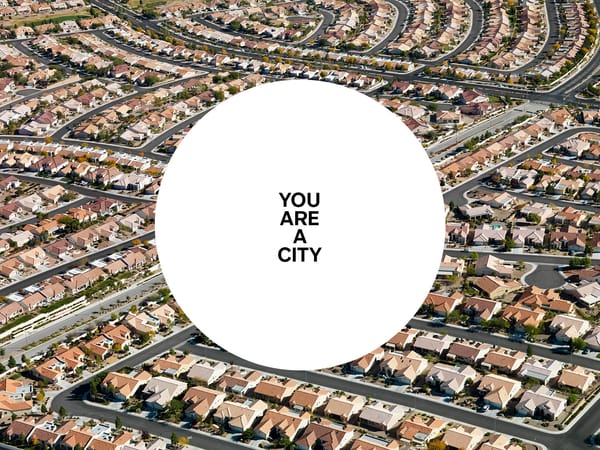The Style of Substance
How we told the story of The James, a new landmark in Toronto
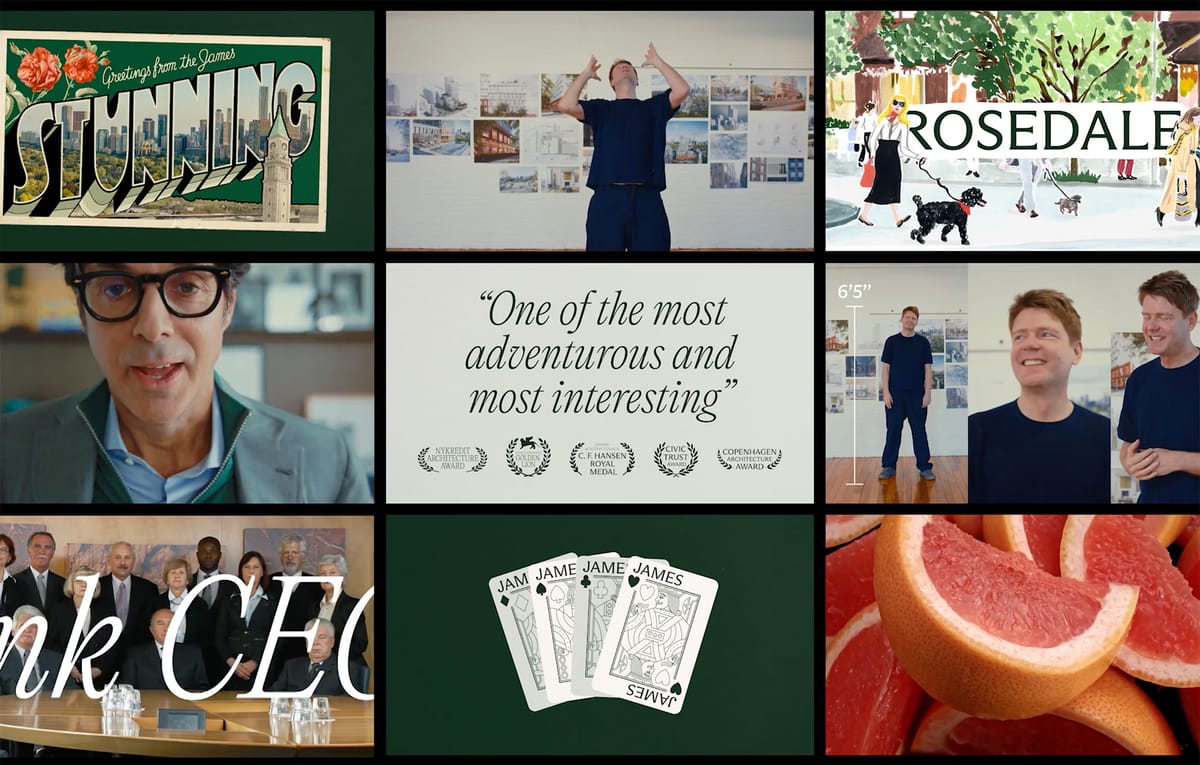
Brand positioning is a somewhat obscure term that describes the act of helping an organization centre on its core purpose and ambition. It’s the process of coming to an intentional point of view that describes what it stands for and is trying to accomplish in the world. The practice is diverse and varied. There is no central, agreed-upon process or regulatory body that has standardized the elements of brand positioning, so you tend to get a wide variety of terminology and language among its practitioners.
Essentially, however, the goal is the same: to create a framework that helps align and guide an organization toward a shared ethos and set of operating principles that ensure consistency of action and expression. The challenge is often lining up the positioning with how it shows up in the world. Great brand positioning does not always equate to a great story out in the world.
At worst, great brand positioning becomes a set of convincing and well researched ideas that help build a foundational strategy for an organization and then when the time comes to turn that strategy into a story, it falls flat through lack of creativity, imagination, and style. At best, when things come together in the right way, good things can happen.
When Stars Align
A short while ago, we created this short film for Tricon, a Toronto based real estate developer. For us, it's a good example of how brand positioning and outward communication can align nicely and reinforce one another.
Every great organization has a clear brand position. But not every great brand position clearly describes an organization. Patagonia, for example, has claimed its purpose is to be a role model and tool for social change. Notably, there’s not a single mention of fleece pullovers, or clothing of any kind, in its statement.
Sometimes, a brand position is so open-ended that it’s hard to tell exactly who it’s describing. Disney’s purpose is, simply, to make people happy.
Jim Collins and Jerry Porras, of the Harvard Business School, wrote Built to Last, one of the defining books on this subject. In it, they provide a way of thinking about companies that’s grounded in the concepts of purpose and ambition. They famously coined the phrase “Big Hairy Audacious Goal,” which describes a way of thinking about an organization’s goals. For Collins and Porras, a great BHAG should be so ambitious that it induces audible gasps in the boardroom when said out loud.
So while an organization’s core purpose tends to be direct and clear and often undifferentiated, in order to light a fire in people its ambition should be inspiring and even a little bit intimidating.
Brand positioning is rounded out by other components like audience and values, but where it can get interesting is in tone and differentiators. In our practice, we see audience, tone, and differentiators as a cluster of ideas we describe as a brand’s personality. Who are you talking to, how do you do it, and what makes you worth paying attention to compared to others?

Things can get a bit fuzzy here. For us, brand positioning is very different than marketing. Marketing is concerned with promoting something that already exists; we think of brand positioning as helping to define that “something.” Marketing takes a product and places it in a relevant wrapper that communicates what it’s about so that people take notice.
Brand positioning, on the other hand, tends to work upstream to help guide an organization in everything from deciding who to hire to the nature of its products or services. It’s a roadmap.
Positioning with Flair
The apex of great brand positioning is when the whole thing fits together seamlessly. Advertising, when built on the right foundations, doesn’t need to convince anyone of anything. If the product or service has intrinsic value, then the primary role of advertising is to simply convey that value. The bigger opportunity, however, is to convey that value, that substance, with style.
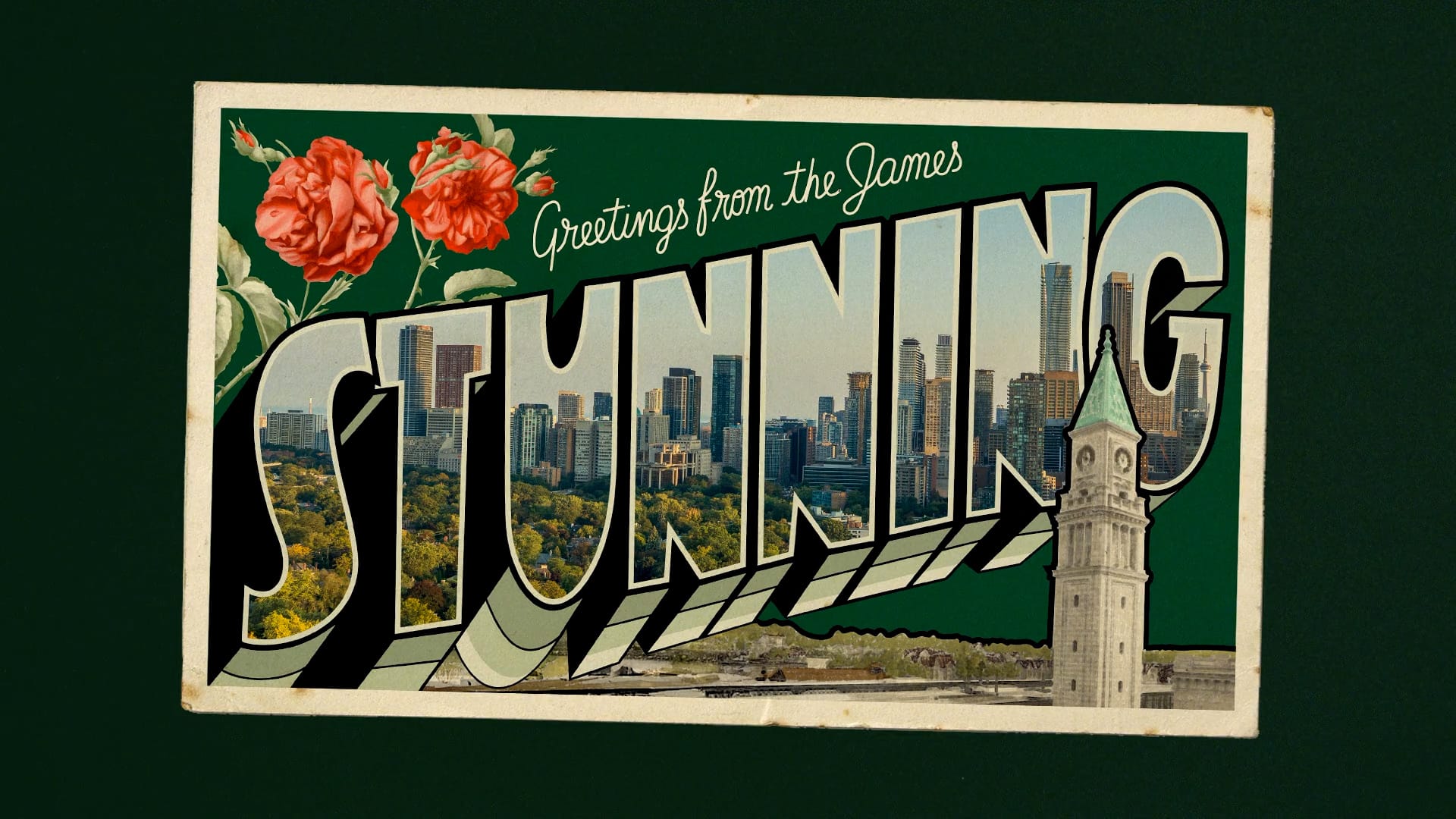
When the team at Tricon approached us to help them tell the story of a new project they were leading in Rosedale, a famed downtown Toronto neighbourhood, all the substance was already in place. The James is a rental apartment building designed and built to an extraordinarily high standard by a team of global leaders in architecture and design. It even already had a great visual identity system in place by another outstanding brand design team. Our task was to help tell its story.
Trust
Any great collaboration starts with trust. It’s an obvious-enough statement, but critical. The best projects involve people who understand that their counterparts are expert at what they do. That mutual respect helps buoy the process when things inevitably get shaky, as happens at some point in every creative project. Without trust, the natural twists and turns in the path become reasons to doubt the process. With trust, and even faith, those curves become points to test the resilience of the ideas in play. Good partners will embrace the tensions and turn them into opportunities for improvement.
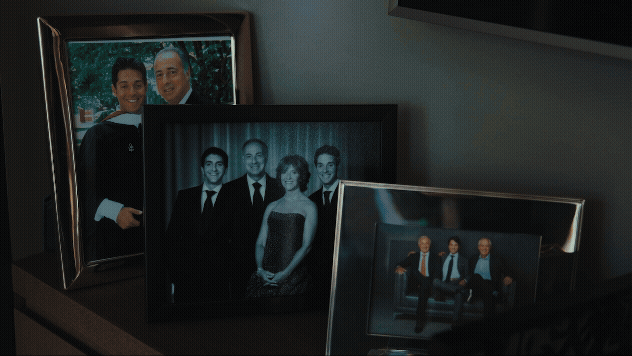
In the absence of trust, the whole process becomes shaky and quality suffers. Compromises are made in the interest of being “safe,” and the result is often generic and bland. You can have a clear piece of communication, like a short film, that’s perfectly on-point strategically, and that’s even produced at high quality, but falls flat on style because trust was lost at some point. It’s not always about quality—or, maybe a better way to say it is that quality is the baseline. The goal is quality that sings.
With The James, our teams had a level of inherent trust from the start. Importantly, it was not our first project working together. We’d built familiarity over occasional past projects and had had enough success that we had an idea of what to expect. Frontier had also created several similar video projects similar to the one that Tricon was looking for, so we were not an unknown quantity.
This set up great conditions. We knew each other, trusted each other, but were both eager to push things a little further with the project for The James.
Anything and Everything
The James is a wonderful project. It’s designed by the celebrated Danish architecture firm COBE, along with Toronto’s own excellent Hariri Pontarini and Montreal’s iconic CCxA. The building will make a significant contribution to the city’s architecture.
Early meetings with the Tricon team were defined by a torrent of smaller stories about the process. Things like the octogenarian Italian cabinet maker who rode around his factory on a red bike while wearing a suit; the painstaking care that COBE took when guiding the process of designing the brick facades; the origin story of the project’s name.
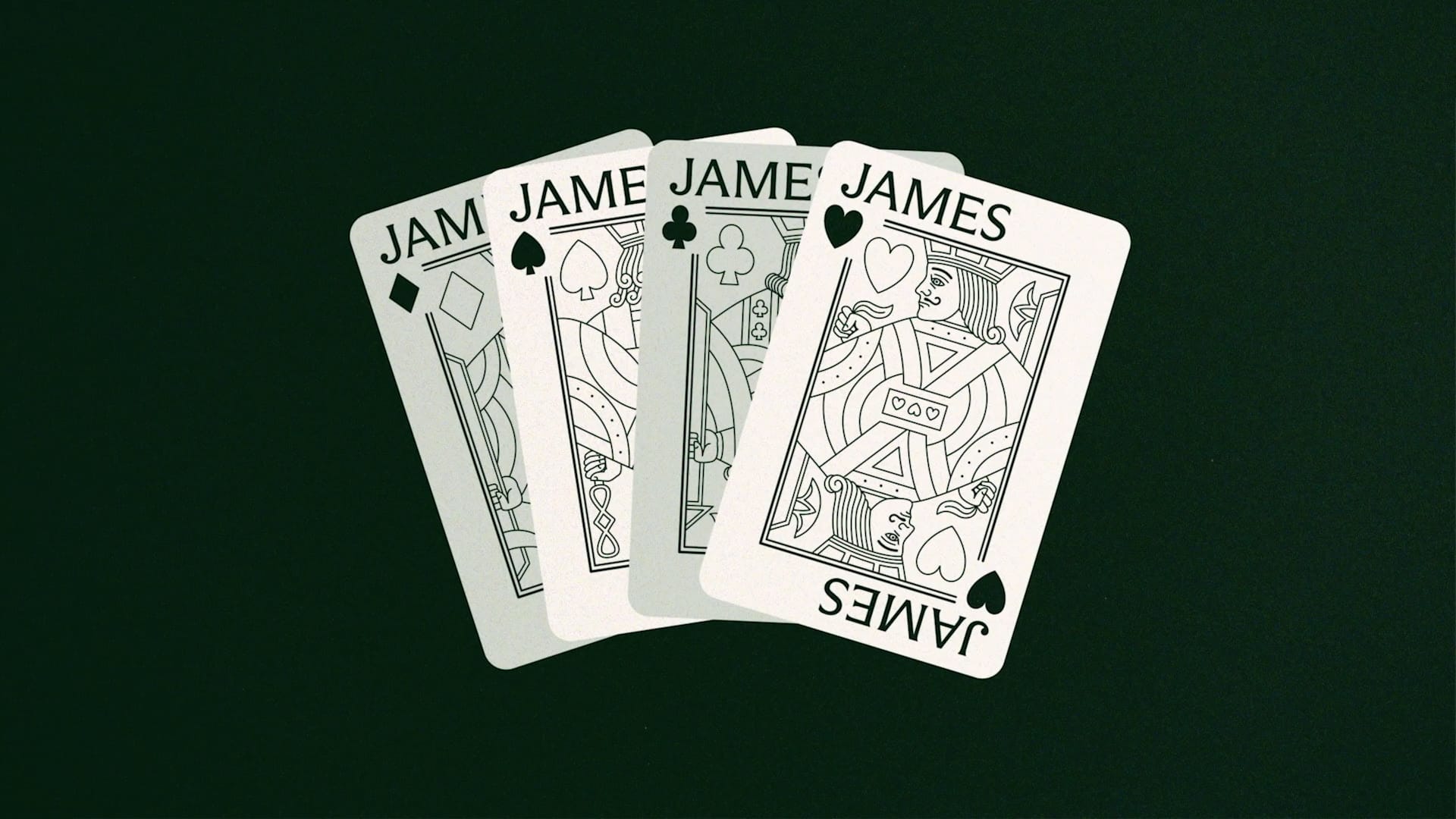
While one might say the brand positioning of the project is high-quality urban living, its soul was in the growing list of stories we were hearing. It started to become clear that the path forward would, yes, be a story about quality and substance, but it would be a story told with certainty, conviction, and style.
Toronto, as a city, has always lagged behind its nearest counterparts. Montreal, Chicago, and New York all prioritize and place value on design at the highest levels. That perspective is knit into the bureaucracy. Great projects happen in those cities because it’s an expectation. Toronto, while improving, has lagged in this area. It’s been an uphill battle for local firms to fight for great public spaces and buildings. It was hard not to see this project with Tricon as a declaration: Design matters. Urban spaces matter. Architecture matters.
A Moment of Clarity
When we work on brand-positioning projects, the work is often analytical. You have to clearly articulate the purpose and ambition of a company and try to find a way to describe what makes it different for the people who engage with it. When the moment comes to translate that positioning to an outward audience, a switch must be flipped. It’s not enough to simply restate the positioning (i.e., we try to make people happy), the goal is to tell that story in a way that stands out.
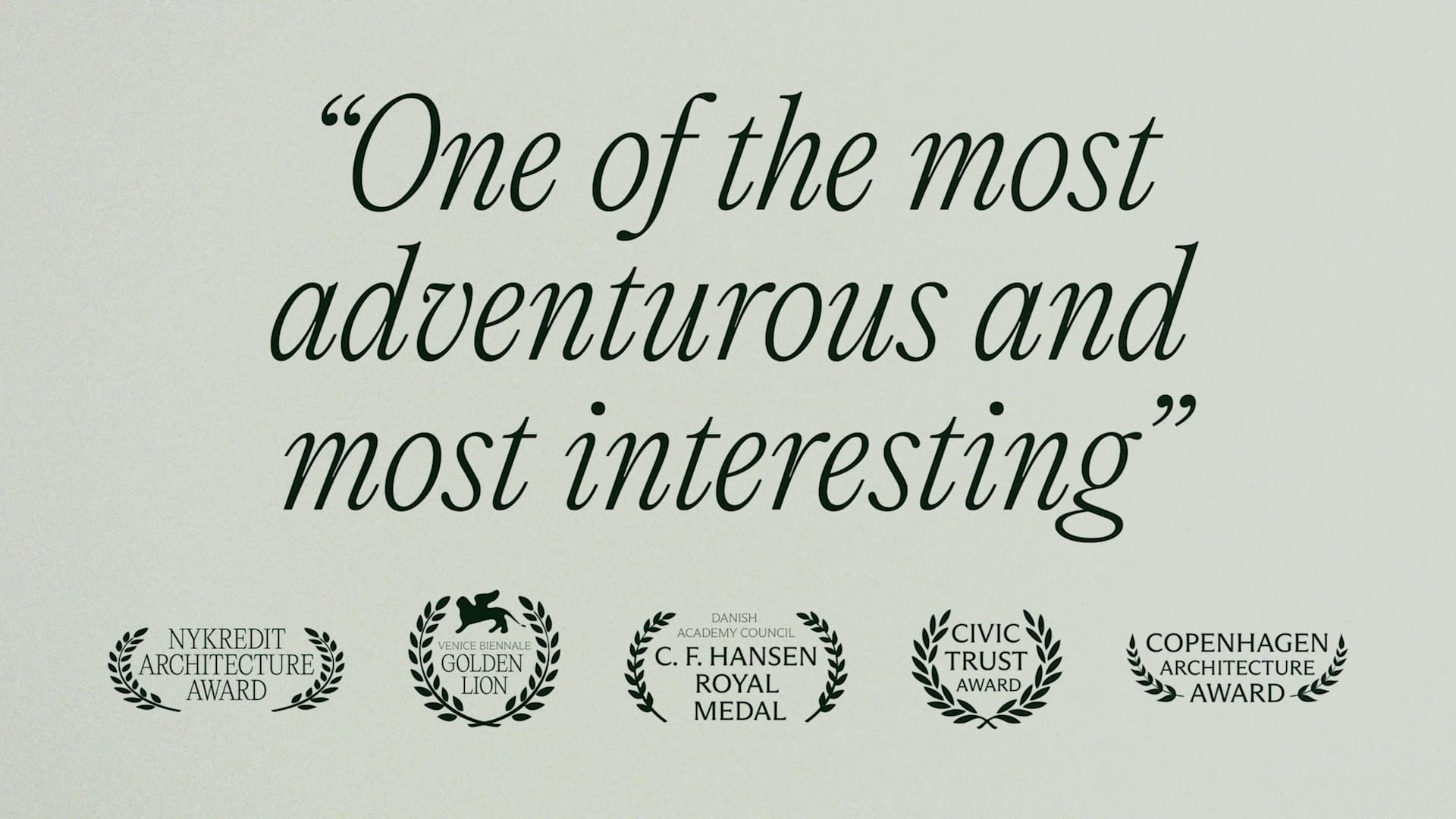
This is where stories have real power. A series of purpose statements might help a team understand what its goals are within an organization. But a story that moves people helps them internalize and feel it.
With The James, the foundations were in place. A great project, years in the making, and a great team, which had painstakingly worked through every detail of the project, meant that our job was set up for success. If anything, the pressure was to live up to everything that had come before.
Our moment of clarity came when we realized that the short film we had been tasked with making should not simply focus on the building’s features, but it should reveal the meaning of the project and convey the attitude and exceptional nature of all those involved.
Baldessari
Sometimes inspiration comes when you aren’t looking and the trick is to see it for what it is. A friend had sent me a wonderful short film about John Baldessari in which the singer Tom Waits narrates a lively and cheeky story that staggers through the artist’s life and work. It’s disjointed at times, somewhat frenetic, and funny.
The trouble with a lot of traditional real-estate marketing is the sameness of it all. In reality, the market has been so strong for such a long time that there’s been no real need to differentiate when it comes to marketing. The saying goes that, for years, it was so easy that you could sell condos out of the trunk of a car.
The result is that marketing in real estate had no pressure to be different, and it often became susceptible to jargon and over-complication. When there was an appetite for marketing tactics, they were not produced within a context where differentiation was important. At the very worst, it would make big promises without the substance to back it up.
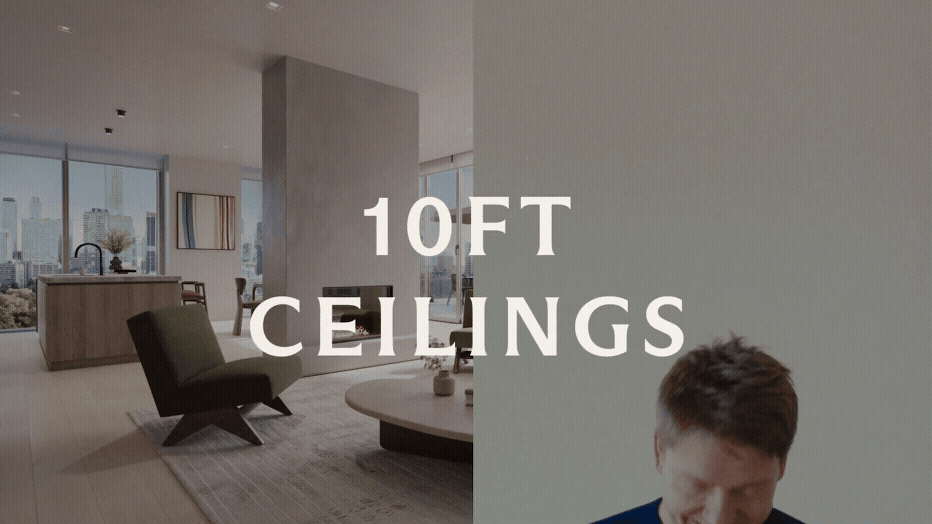
But things have changed in real estate, and The James is different. To say the building is a gem is real. It’s not just marketing speak. It’s a fact, and when you add up the long list of amazing facts about the project, it makes telling its story easy.
So rather than try to make sense of the many small stories we were hearing, we took inspiration from John Baldessari and embraced it. The film would find joy in the somewhat disjointed nature of the many things that make it brilliant and it would unabashedly tell those stories with confidence.
How It Came Together
The best client pushes you. They do not settle for “good.” They find a way to give you space to do what you do best while pushing you to go further. They respect the nature of your business and understand what it takes to make good work while ensuring you have the safety of a fair contract to set the conditions for quality work. When the foundations are built from a place of mutual respect, the best work is possible.
Every now and then, as a creative business, you get lucky with the right project at the right time with the right people. Tricon was all of those things. They understood what it would take to make quality work, and they backed it up. They were clear about the budget and adapted when things shifted in ways that could not have been foreseen. They pushed us and coached us to push them.
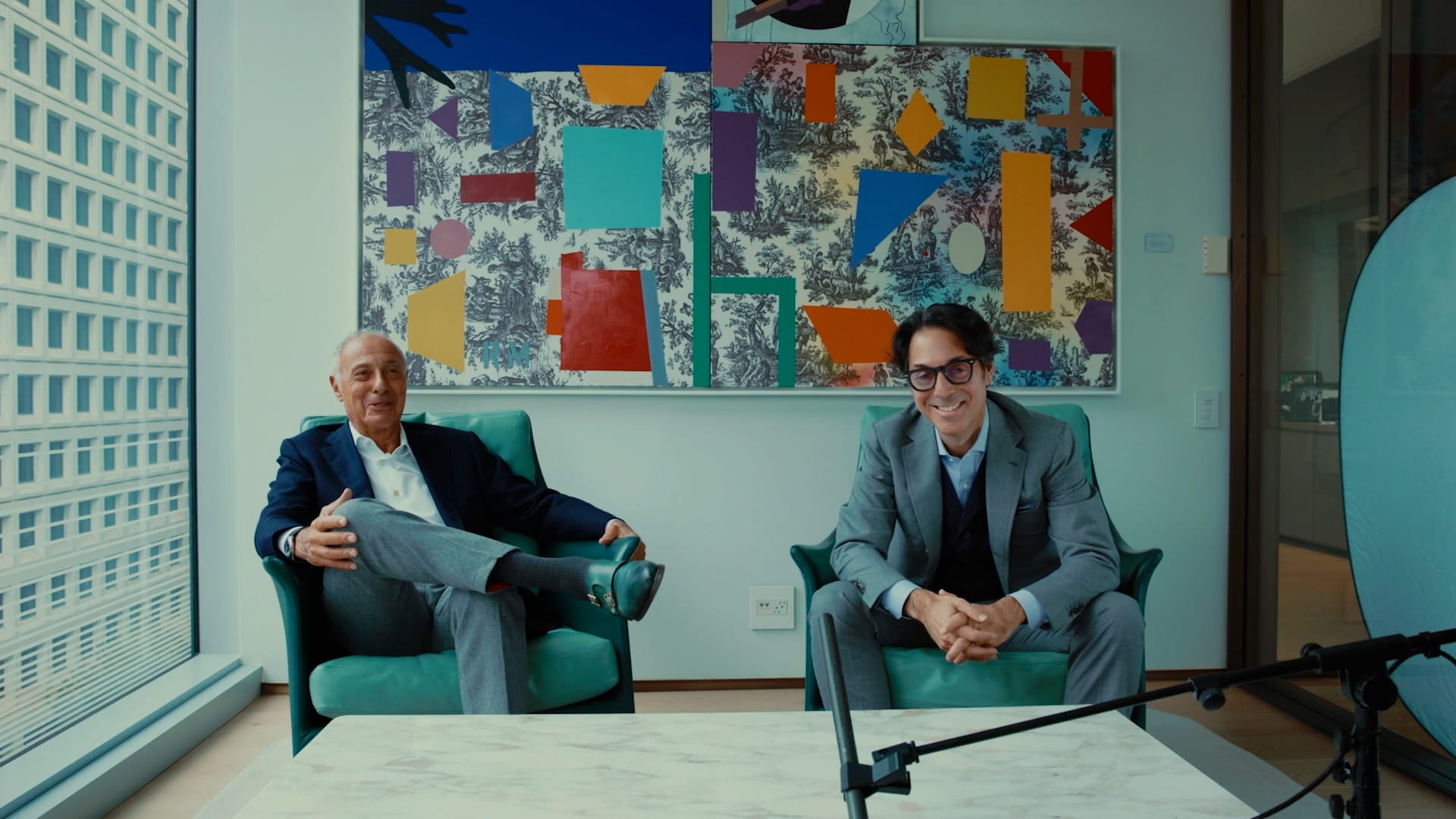
The script went through twists and turns that went beyond my own experience in doing this kind of work. It took compromise. We had to challenge our own creative vision and accept ideas we weren’t on board with, at first. There were interjections by the team that we felt strongly did not fit the story, including the basic desire to extend the original length of the video from two to seven minutes. But I take pride in our team’s ability to put pride aside and empathize with our partner, the client, and their understanding of what the project must accomplish. The very best design, in our view, balances creative vision with intelligent compromise.
Letting It Fly
In a fragmented, noisy market, clarity of purpose is a competitive advantage. Consumers are increasingly skeptical and so brand positioning can’t be a veneer; it must shape action. Organizations with strong brand positions navigate crises, competition, and change with resilience.
Exceptional brand positioning is not a wrapper, but a roadmap. The best measure of success is when an organization acts in alignment without needing to check the manual.

I’m proud of our work on The James but understand that it depended entirely on the fact that the work started many years ago with the purchase of the site, the selection of the team, the design of the building, the many consultations that went with it, and the endless struggles it took to deliver a project that will have a positive impact on that neighbourhood and the whole city for a long time.
The film itself was simply a story of all the work that came before it, told in a way that matched its spirit.
So when thinking about your own organization or project, if someone stripped away the logo and tagline, would its purpose still be recognizable through the stories it tells?

